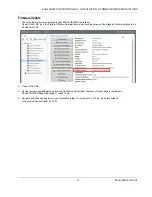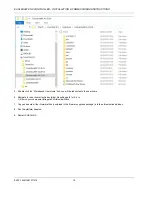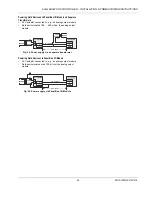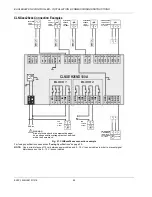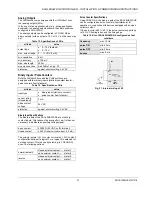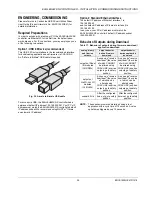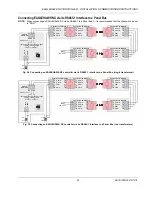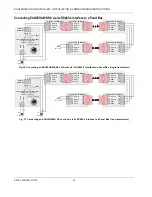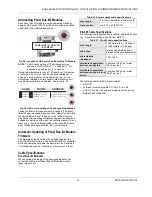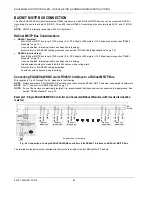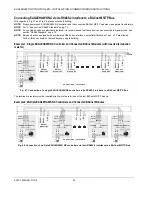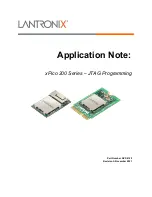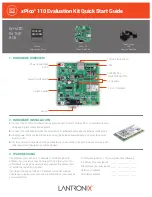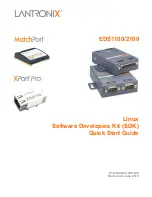
EAGLEHAWK NX CONTROLLER – INSTALLATION & COMMISSIONING INSTRUCTIONS
29
EN1Z-1039GE51 R1218
ENGINEERING, COMMISSIONING
Please refer also to CentraLine NX BACnet Utilities Driver -
User Guide (Product Literature No.: EN2Z-1020GE51) for
detailed information.
Required Preparations
In order to access (with a laptop or PC) the EAGLEHAWK NX
controller via Ethernet/IP for the first time, the default pass-
words are used. For IP connections, you may employ any one
of the following two options:
Option 1: USB 2.0 Device (recommended)
This USB 2.0 Device interface is the recommended interface
for downloading applications and firmware via COACH NX.
An "A-Male to B-Male" USB cable is required.
Fig. 32. A-male to B-male USB cable
For access via USB, the EAGLEHAWK NX controller has a
permanent default IP address 192.168.255.241. Your PC's IP
address must match the EAGLEHAWK NX controller's default
IP address subnet: We recommend using DHCP or "Obtain
an automatic IP address".
Option 2: Standard Ethernet Interface
The default IP address of Ethernet interface 1 is:
192.168.200.20
and the default IP address of Ethernet interface 2 is:
192.168.201.20
In any case, your PC's IP address must match the
EAGLEHAWK NX controller's default IP address subnet
(255.255.255.0).
Behavior of Outputs during Download
Table 17. Behavior of outputs during firmware download /
application download
analog, binary,
and floating
outputs
output behavior
during firmware
download
output behavior
during application
download
outputs of Panel
I/O modules
(CLIOP82x)
As soon as "receive
heartbeat" (the value
of which CANNOT
be altered using
COACH NX) expires,
outputs go to safety
position.
As soon as "receive
heartbeat" (the value
of which CANNOT
be altered using
COACH NX) expires,
outputs go to safety
position.
outputs of
L
ON
W
ORKS
I/O
modules
(CLIOL82x)
As soon as "receive
heartbeat" (the value
of which can be
altered using
COACH NX) expires,
outputs go to safety
position.
As soon as "receive
heartbeat" (the value
of which can be
altered using
COACH NX) expires,
outputs go to safety
position.
onboard I/Os
After the configured
time-out, go to safety
position.
After the configured
time-out, go to safety
position.
NOTE:
These behaviors were determined using a test
application with a cycle time of 10 seconds. A value
update was triggered every 10 seconds.

